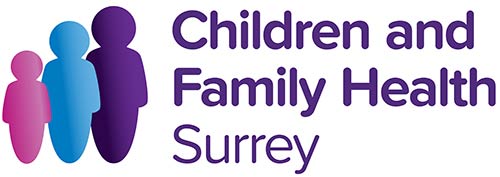Attention and listening is your child’s ability to focus on someone speaking and listen to what is being said.
A child’s attention and listening skills can affect their understanding and use of spoken language and speech sounds.
- Focus your child’s attention before giving an instruction
- Use shorter sentences
- Use gesture to support what you are saying
- Create an environment with less distractions e.g. reduce background noise such as television and radio
- Encourage your child to finish an activity before moving on
- Encourage your child to find things for you during everyday tasks e.g. getting dressed, going shopping, putting toys away
Easiest
- 'Ready, steady, go' games: your child needs to wait for you to say 'go' before they act e.g. running a car down a ramp, rolling a ball, pressing a pop-up toy
- Games with instruments: make homemade instruments e.g. spoon and pan, 2 saucepan lids as cymbals, shakers with yoghurt pots and lentils. Play 'stop-go' games with them i.e. say 'go' and play the instruments then say 'stop' (maybe with a hand signal as well)
- Nursery rhymes: recite nursery rhymes and leave pauses for your child to fill in the appropriate word
- Animal noises: make animal noises and ask your child to point to the correct picture or animal
- Ball game: all the players (at least three) sit in a circle. Before you throw or roll the ball to another player, call their name. Each time you call out the name of the person catching the ball. In this way, both your child throwing and the child catching the ball have to listen carefully to what you say
- Ticking clock: hide a ticking clock in one of three boxes. Your child must identify which box the clock is in by listening.
Harder
- Shopping games: have an array of 4 or 5 items in a ‘shop’ e.g. egg carton, juice bottle, cereal packet, margarine tub, bag of bread and have a shopping bag to put things in. Ask your child to go and buy e.g. the eggs and bread, increase to 3 items and then extend choice to 4, 5 or 6 items
- Posting games: have pictures of objects and ask your child to post you 2, 3 or more of the objects
- Musical bumps/statues: listen for when the music stops and sit down or keep very still
- Games with instruments: have 3 musical instruments. Play one sound and ask your child to copy it. Then play a sequence of 2 and see if he/she can copy the sounds. Eventually, you could make another identical set of instruments and play a sequence behind a screen. See if your child can copy the sequence without seeing the instruments
- Simon says: the aim is for your child to follow your instructions – but only when you begin the instruction with 'Simon says'. This game can be made simpler by removing the 'Simon says' part. Swap roles so your child gives the instructions
- Describe a picture/make a model: draw a simple picture/make a model e.g. a tower without your child seeing what you have done. Describe the picture to them for them to draw/make it e.g. 'Draw a house in the middle of the page. It has got a pointed roof and a chimney'. The aim is for your child to draw a picture/make a model identical to your own without him/her seeing it
- Make up a story: make up a story with your child’s name in it. Every time you say his/her name, your child has to nod, stand up or put their arms up.
Hardest
- Read a paragraph: ask your child to count the number of times he/she hears a particular word e.g. mum, blue, chicken, the
- Rhythm patterns: tap a rhythm pattern using your hands or feet, ask your child to repeat it
- Spot the error: read a sentence or familiar story with one deliberate error e.g. change name/animal and ask your child to spot the word and substitute a better one.

